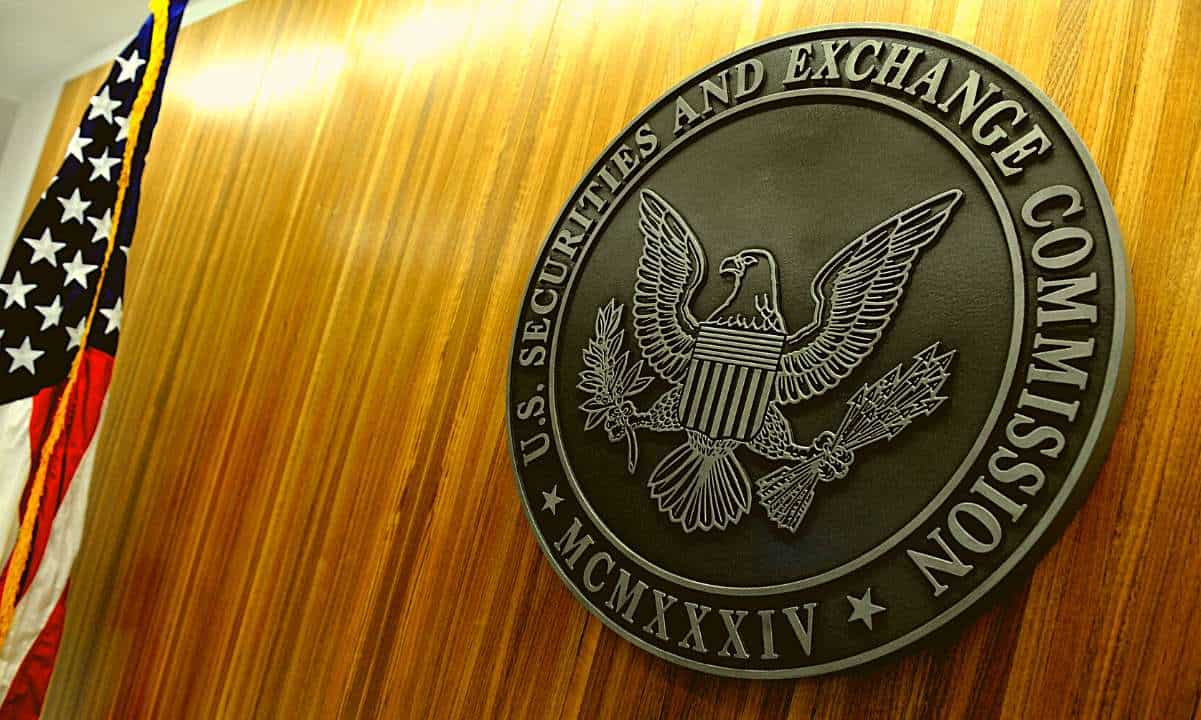Tighter Regulation on Stablecoins: How Will the Market Adapt?
As global financial regulators place increasing focus on stablecoins, the market is undergoing significant transformation. Stablecoins, serving as a bridge between the crypto world and traditional finance, have become widely adopted in cross-border payments, DeFi protocols, and digital asset trading. Due to concerns over systemic risks and money laundering, many governments are introducing stricter policies aimed at improving transparency and protecting user assets.
1. Global Regulatory Trends

In the United States, the Treasury Department and the Securities and Exchange Commission (SEC) released a joint draft in late 2024 requiring stablecoin issuers to obtain federal licenses and ensure a transparent 1:1 reserve backing in US dollars. Meanwhile, the European Union’s MiCA (Markets in Crypto-Assets Regulation) has introduced strict rules for issuance and operation of stablecoins.
In Asia, regulatory activity is also ramping up. In early 2025, the Monetary Authority of Singapore (MAS) implemented a regulatory framework requiring stablecoins to be backed by qualified custodians and to publish regular audit reports.
2. How Will the Market Respond?

In response to tightening regulations, key players in the industry are adjusting their strategies in the following ways:
Compliance-Oriented Operations: Leading issuers like Circle (USDC) and Tether (USDT) are actively seeking regulatory approval, acquiring licenses, and increasing the frequency and transparency of their reserve audits.
Diversified Reserve Models: Some stablecoin projects are adopting more diversified asset reserves, including government bonds, commercial papers, and gold, to reduce reliance on a single currency.
Localized Stablecoins: Countries such as Japan and South Korea are encouraging local businesses to issue stablecoins pegged to their national currencies, enhancing local financial sovereignty and risk control.
DeFi Platform Adjustments: Decentralized finance platforms are increasingly prioritizing compliant stablecoins, enhancing their reputations and aligning with regulatory expectations.
3. Potential Impacts and Future Outlook
While regulatory tightening may cause short-term disruptions—such as reduced liquidity or higher operational costs—it is expected to benefit the ecosystem in the long run. Stronger regulatory frameworks will help stabilize the market and build investor confidence.
Looking forward, stablecoins are likely to become more institutionalized and compliant. Increased regulatory clarity will attract more institutional investors into the space. Meanwhile, decentralized stablecoins like DAI will continue exploring algorithmic solutions that align with transparency while maintaining decentralization.
4. What Should Investors Do?
Given the fast-changing regulatory landscape, investors should take the following actions:
Stay informed about stablecoin legislation in different jurisdictions to avoid exposure to high-risk or non-compliant assets.
Prioritize stablecoins that are transparent, regularly audited, and fully compliant with local regulations.
Diversify holdings to minimize risk, avoiding overconcentration in any single stablecoin or platform.
Conclusion
As a foundational element of the future crypto financial ecosystem, stablecoins are at the center of ongoing regulatory efforts. Both investors and developers must adapt to the evolving environment, embracing compliance as an opportunity to build more sustainable and trustworthy systems.
















No comments yet